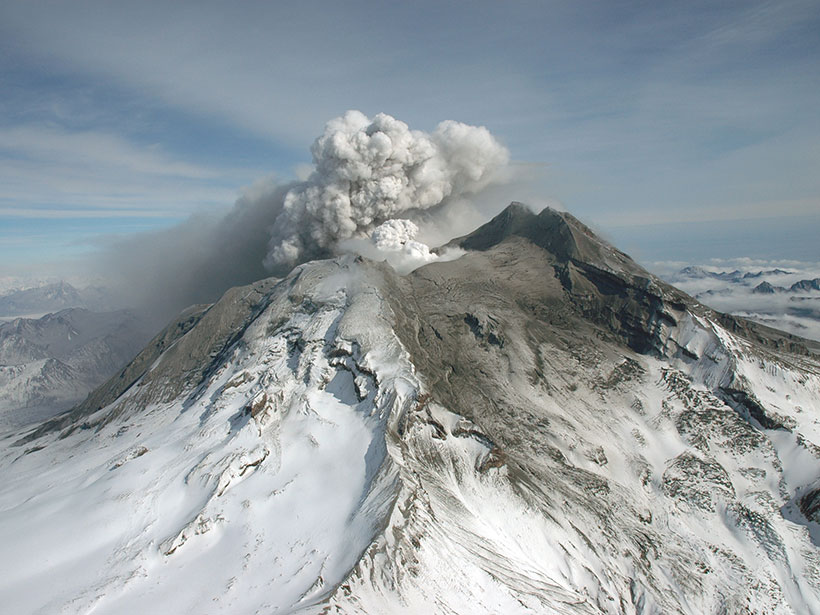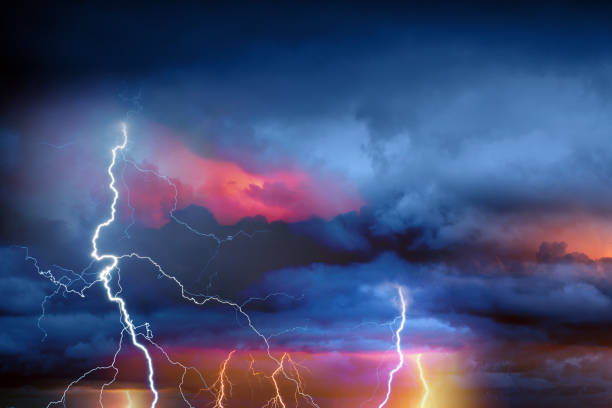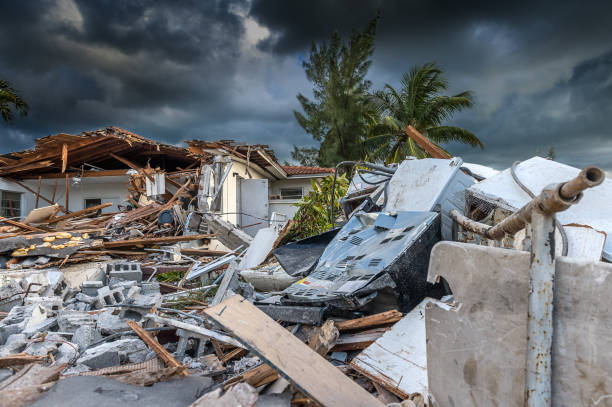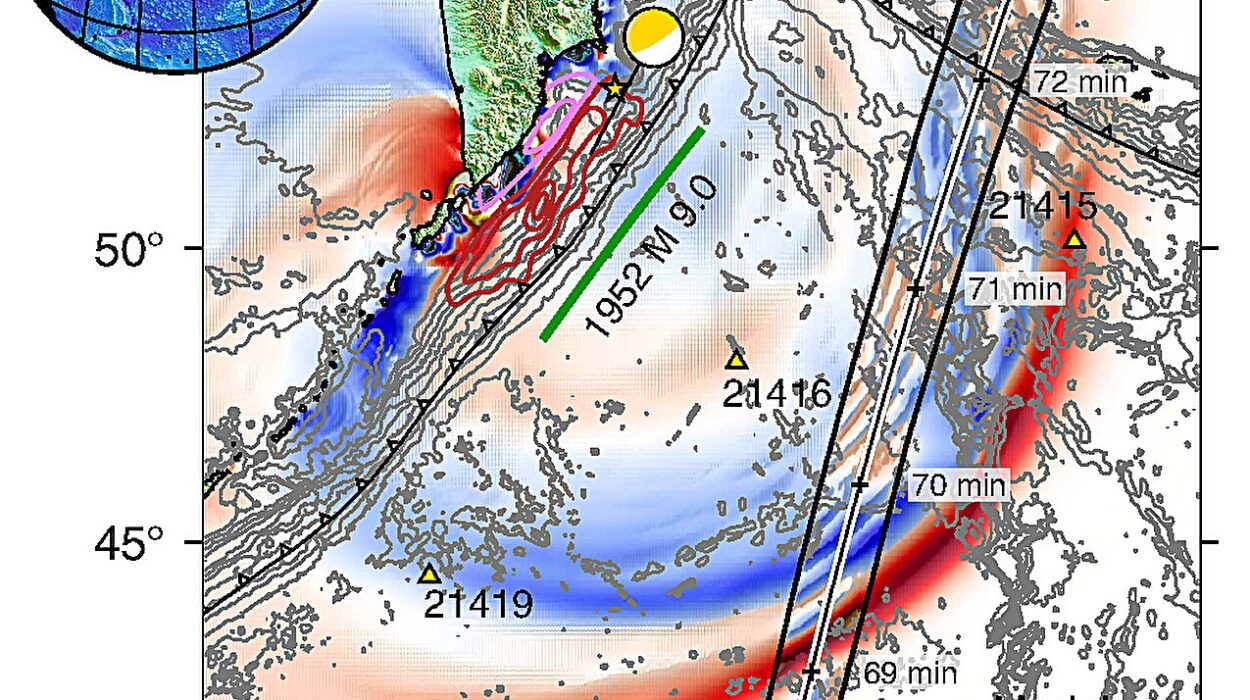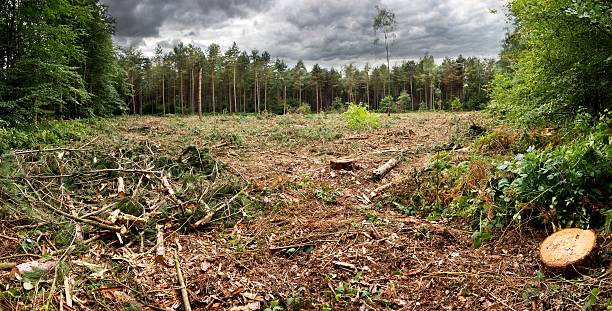Mount Etna does not sneak up on people. It looms — a massive, black-walled reminder on the skyline of Sicily that the Earth is never fully asleep under our feet. For at least 2,700 years, humans have watched this mountain breathe fire, swallow fields, remake landscapes, and lunge molten rock into the sky. Its most recent eruption in June 2025 is only a single page in a library of violence Etna has been composing for millennia. Because it erupts so often — and because scientists have instrumented it so thoroughly — Etna has become something precious: not just a volcano, but a laboratory.
And out of that laboratory, Italian scientists have pulled something new — not a new rock or a new mineral, but a new way to see eruptions coming months before the lava appears.
The Usual Warning System Comes Too Late
The existing way of anticipating volcanic eruptions is like trying to stop a car crash by looking in the rearview mirror. Scientists currently watch for the shallow signals of magma rising — cracks widening, gas venting, tremors in the upper crust — but those short-term warnings give days or weeks at most. People living beside the mountain often receive the alert only when the volcano is already committed.
The scientists at the National Institute of Geophysics and Volcanology (INGV) set out to ask a different question: instead of watching magma when it is almost at the surface, could we detect the violence earlier — when the magma is still deep underground, unseen, preparing the eventual eruption months in advance?
Their answer, published in Science Advances, is yes.
When Earthquakes Become Clues Instead of Chaos
Volcanoes crack their surroundings as magma pushes its way upward. That cracking shows up as earthquakes. But not all swarms of earthquakes mean the same thing. The INGV team discovered that the pattern of those earthquakes carries a secret language.
The key to deciphering it is a parameter called the b value, which describes the relative number of small earthquakes versus large ones. A high b value means many small quakes dominate. A low b value means stress is rising and larger quakes are becoming more common.
Using nearly twenty years of data — from 2005 to 2024 — the researchers located thousands of earthquakes in 3D beneath Etna and separated them into three depth zones. Then they calculated how the b value changed in time at those depths.
The pattern they found was not random. It was choreography.
Magma Leaves Fingerprints Long Before It Breaks the Surface
When magma surges upward from the mantle — more than 10 kilometers below — it stresses the surrounding rock. That stress boost lowers the b value in the deep crust. Later, when the magma begins to rise into shallower levels, the deep crust relaxes and the b value rebounds there while the intermediate and shallow levels start to show their own signatures.
In other words, magma movement is recorded as a wave of shifting b values that travels upward through the crust months before eruption, long before surface instruments would normally raise an alarm.
Had scientists been able to read these signatures in real time in the past, Etna’s “crises” — episodes of destructive eruption — could have been flagged earlier. The mountain was whispering its intentions; no one yet knew how to listen.
Toward Earlier Warnings, Wider Safety
This discovery does not replace current monitoring systems — it extends their reach. Instead of last-minute warning, b-value monitoring could give medium- and long-term prediction windows, enough for authorities to prepare evacuation plans, protect infrastructure, and act before the volcano is already boiling.
The idea is not limited to Etna. Any volcano that produces enough earthquakes and is monitored with enough precision could be analyzed the same way. The method will work best on restless volcanoes — the ones that pose the greatest threat to nearby people.
What limits the method is not physics — but instrumentation. Only where seismic monitoring is continuous, dense, and high-quality can the b value be trusted.
A Volcano That Teaches the Species That Lives Beside It
Etna has already volcano-educated entire civilizations. It has written itself into the memory of Sicily not in metaphor but in landscape. Now it is doing something rarer: it is teaching scientists how to decode eruptive futures instead of only archiving eruptive pasts.
Predicting a volcano months ahead of time is not merely scientific elegance — it is the difference between panic and planning, between damage calculated and disaster endured. The mountain does not care whether we understand it; it will erupt with or without our comprehension. But the people who live in its shadow care deeply. And now the Earth itself has given them one more way to hear before it shouts.
More information: Marco Firetto Carlino et al, Earthquake frequency-magnitude distribution at Mount Etna sheds light on magma ascent in the volcano’s plumbing system, Science Advances (2025). DOI: 10.1126/sciadv.adx9873
